Home>Ideas and Tips>Designing Your Ideal Home Office Setup
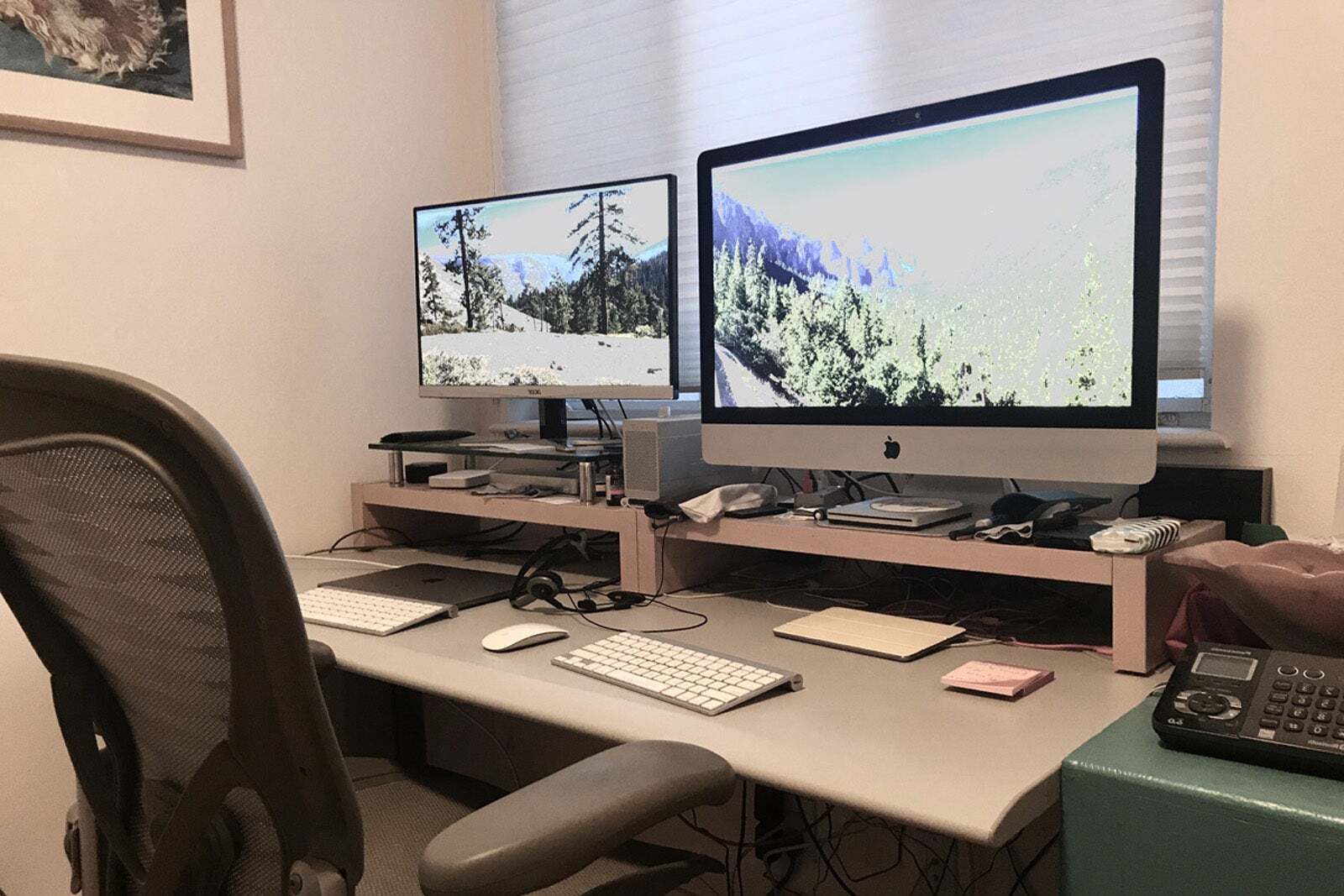

Ideas and Tips
Designing Your Ideal Home Office Setup
Published: November 3, 2024
Create your perfect home office setup with tips on ergonomics, lighting, organization, and personalization to boost productivity and comfort.
(Many of the links in this article redirect to a specific reviewed product. Your purchase of these products through affiliate links helps to generate commission for Storables.com, at no extra cost. Learn more)
In today's digital age, the way we work has undergone a significant transformation. With the rise of remote work and freelancing, having a functional and comfortable home office space is no longer a luxury but a necessity. Whether you're a technical professional, a remote employee, or an independent freelancer, creating an ideal home office setup can greatly enhance your productivity, focus, and overall well-being. In this article, we'll delve into the key components of designing your ideal home office setup, from ergonomics and organization to technology and personalization.
I. Introduction
The shift towards remote work has been both a blessing and a challenge for many professionals. While it offers the flexibility to work from anywhere, it also requires a dedicated workspace that is both comfortable and productive. A well-designed home office can make all the difference in maintaining a healthy work-life balance and ensuring that you stay focused and motivated throughout the day.
Read more: How To Plan Your Ideal Staycation At Home
The Importance of a Home Office
A home office is more than just a physical space; it's an extension of your professional identity. It serves as a sanctuary where you can concentrate on your tasks without the distractions that often come with working in a shared office environment. By investing time and effort into creating an ideal home office setup, you can significantly enhance your productivity, creativity, and overall job satisfaction.
II. Ergonomics and Comfort
When designing your ideal home office setup, one of the most critical factors to consider is ergonomics. Ergonomics is the science of designing a workspace to best fit the needs of the individual using it, promoting good posture and reducing the risk of injury or discomfort. By paying attention to ergonomics, you can create a workspace that not only keeps you comfortable throughout the day but also enhances your productivity.
Key Aspects of Ergonomics
-
Chair and Desk Height: The height of your chair and desk are crucial for maintaining good posture. Ensure that your chair is adjustable and provides adequate lumbar support. The standard desk height for a seated desk typically ranges between 28-30 inches, which is suitable for individuals who are around 5'8" tall. However, it's important to note that people who are shorter or taller may require adjustments in desk height to maintain comfortable working conditions. Adjustable desks are an excellent choice as they allow you to customize the height to your specific needs.
-
Keyboard and Mouse Positioning: Proper positioning of your keyboard and mouse is essential for preventing strain on your wrists and hands. Place your keyboard directly in front of you with your elbows at a 90-degree angle, and position your mouse close to your body and at the same height as your keyboard.
-
Monitor Placement: Position your computer monitor directly in front of you at eye level. The top of the monitor should be at or slightly below eye level to avoid neck strain. Consider using dual monitors if you need to multitask frequently.
-
Ergonomic Accessories: Invest in ergonomic accessories such as a standing desk converter, a footrest, or an ergonomic keyboard tray to ensure that you can work comfortably in various positions.
III. Lighting and Ambiance
The quality of lighting in your home office can have a significant impact on both your productivity and overall well-being. Good lighting not only helps reduce eye strain and fatigue but also creates a pleasant and inviting atmosphere that can boost your mood and motivation.
Natural Light
Natural light is highly beneficial for your mental and physical health, and it has been shown to improve mood, focus, and productivity. When setting up your home office, try to position your desk near a window to take advantage of natural sunlight. Make sure to also consider the window's orientation, as direct sunlight can cause glare on your screen or create uncomfortable hotspots. If possible, use light-filtering window treatments to diffuse direct sunlight and minimize glare.
Desk Lamps and Overhead Lighting
In addition to natural light, a combination of task and overhead lighting in your home office is optimal. Task lighting, such as a desk lamp, provides focused illumination for specific tasks like reading or writing. Choose a lamp with adjustable brightness levels and a flexible neck so you can direct the light where you need it most. Overhead lighting, on the other hand, provides general illumination for the entire room. Consider installing dimmable LED bulbs to give you control over the intensity of light, and avoid harsh fluorescent lights that can cause eye strain and headaches.
IV. Organizing Your Workspace
A well-organized workspace is crucial for maintaining focus and productivity in your home office. A clutter-free environment can help reduce distractions and make it easier to find the tools and resources you need throughout the day.
Storage Solutions
Effective storage solutions can help you keep your workspace tidy and organized. Consider investing in a combination of shelves, drawers, and cabinets to store your office supplies, paperwork, and personal items. When selecting storage solutions, prioritize functionality and accessibility to ensure you can easily find and retrieve items when needed. Even something simple like attachable drawers for your standing desk can make a noticeable difference.
Color Schemes and Themes
The colors and themes you choose for your home office can greatly influence the atmosphere and your overall mood. Select a color scheme that resonates with you and promotes the desired vibe, whether it's calming, energizing, or creative. Light and neutral colors can create a sense of spaciousness and serenity, while bold or bright colors can add energy and vibrancy to the space. When selecting a theme, consider incorporating elements that reflect your interests, hobbies, or career to create a cohesive and inspiring workspace.
V. Choosing the Right Location
Selecting an optimal location within your home is crucial to crafting your ideal home office setup. A dedicated workspace not only enhances your productivity but also aids in delineating a clear distinction between your personal and professional domains.
The Power of a Dedicated Workspace
Creating an exclusive space for work fosters an atmosphere of concentration and professionalism. It triggers a productive mindset and effectively separates work hours from personal downtime. Consider the noise levels in potential workspace areas in your home. Opt for a space away from busy sites or constant noise sources, like the kitchen or living room, to limit distractions and interruptions.
Harnessing Natural Light and Views
Positioning your home office near a window can provide natural light and views, which are essential for maintaining a healthy work environment. Natural light improves mood, focus, and productivity, making it an ideal choice for any home office setup. However, ensure that you use light-filtering window treatments to diffuse direct sunlight and minimize glare.
VI. Essential Home Office Equipment
In addition to the ergonomic chair and desk, there are several other essential items that can enhance your remote work environment.
Desk
A sturdy and well-sized desk provides a dedicated workspace, promoting focus and organization. Consider the dimensions and materials of the desk to ensure it suits your specific needs. For example, a desk with height adjustability allows you to alternate between sitting and standing positions, which can help reduce the risk of chronic diseases associated with prolonged sitting.
Desk Lamp
Proper lighting is crucial for reducing eye strain and creating an inviting workspace. A desk lamp with adjustable brightness can help optimize lighting conditions. This is particularly important if you work on tasks that require intense focus, such as writing or coding.
Ergonomic Accessories
Investing in ergonomic accessories like a standing desk converter, a footrest, or an ergonomic keyboard tray can significantly improve your comfort while working. These accessories help maintain good posture and reduce the risk of discomfort or strain during long work hours.
VII. Digital Organization
In addition to physical organization, digital organization is equally vital for freelancers and remote workers. Implementing digital organization strategies can help streamline your workflow and reduce stress.
Cloud Storage
Using cloud storage services like Google Drive, Dropbox, or OneDrive can help you keep your files organized and accessible from anywhere. This is particularly useful if you need to collaborate with team members or access files remotely.
Task Management Tools
Task management tools like Trello, Asana, or Todoist can help you manage your tasks efficiently. These tools allow you to create boards, lists, and cards to organize your work and set deadlines.
Time Tracking Software
Time tracking software like Harvest or Toggl can help you monitor how much time you spend on different tasks. This information can be invaluable for billing clients or understanding where you need to improve your productivity.
VIII. Conclusion
Designing your ideal home office setup is crucial for staying productive, focused, and comfortable while working from home. By paying attention to ergonomics, you can maintain good health and prevent injuries. Proper lighting and ambiance can positively impact your productivity and well-being. Keeping your workspace organized and clutter-free allows you to focus on your tasks, while personalizing your space creates an inspiring and enjoyable environment that truly reflects your personality and style.
Investing time and effort into creating a functional and personalized home office setup can greatly enhance your work-from-home experience. With the right combination of comfort, organization, and personal touches, you can create a workspace that truly supports your success and well-being.
In conclusion, designing an ideal home office setup requires careful consideration of several key elements including ergonomics, lighting, organization, and personalization. By incorporating these elements into your workspace design, you can create an environment that fosters productivity, creativity, and overall well-being. Whether you're a freelancer or a remote employee, having an ideal home office setup can make all the difference in your professional journey.
Was this page helpful?
At Storables.com, we guarantee accurate and reliable information. Our content, validated by Expert Board Contributors, is crafted following stringent Editorial Policies. We're committed to providing you with well-researched, expert-backed insights for all your informational needs.
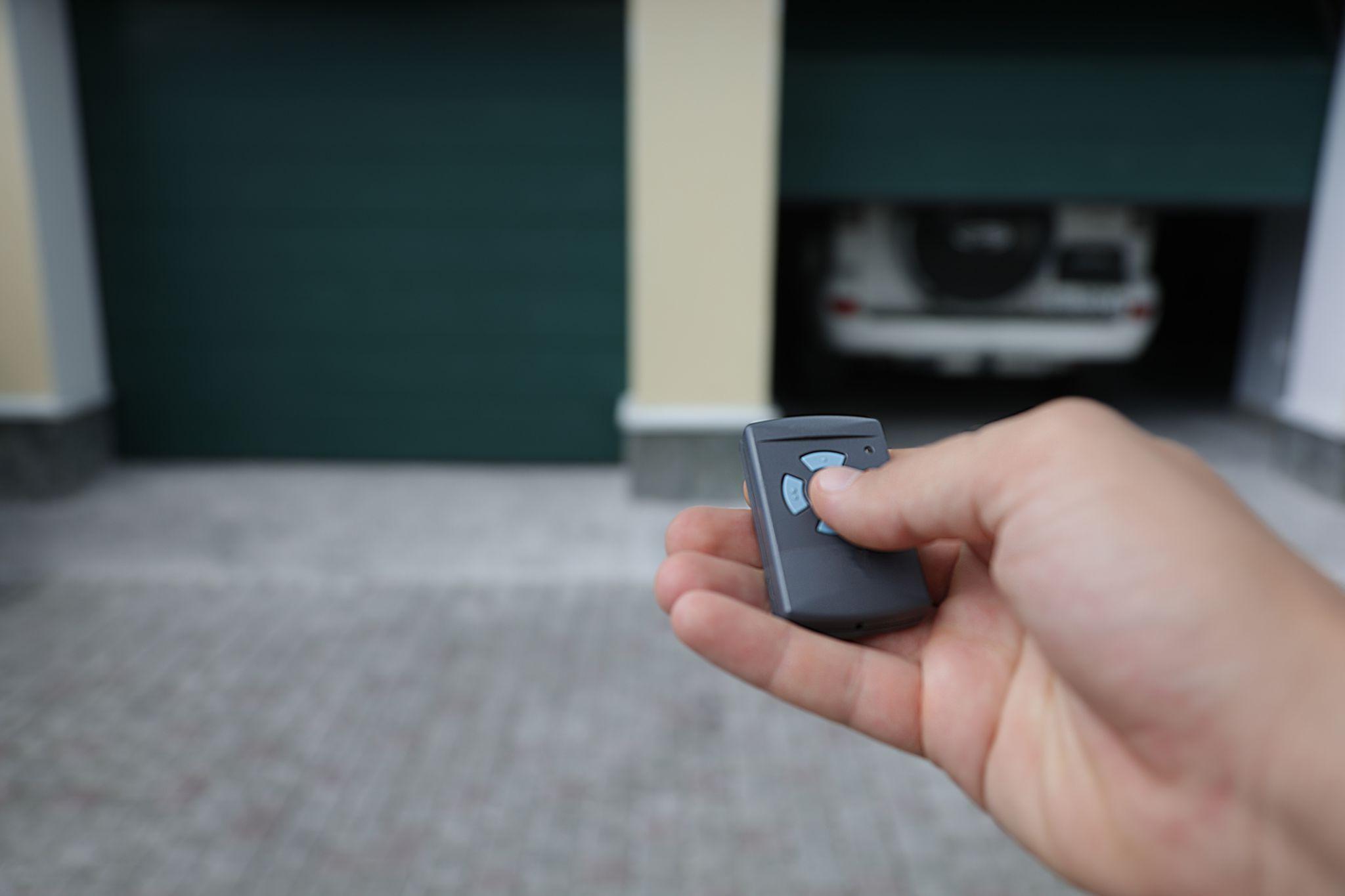
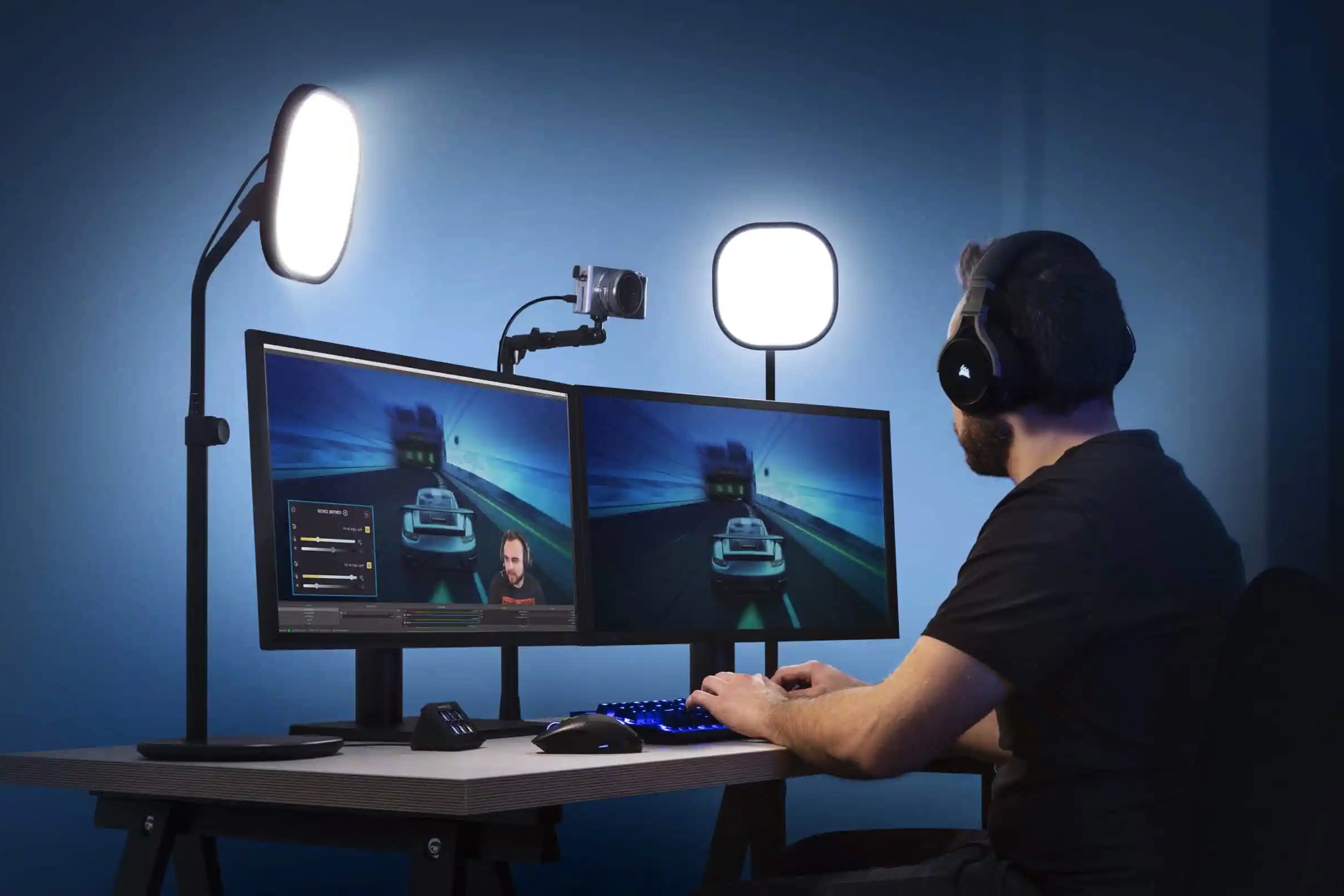

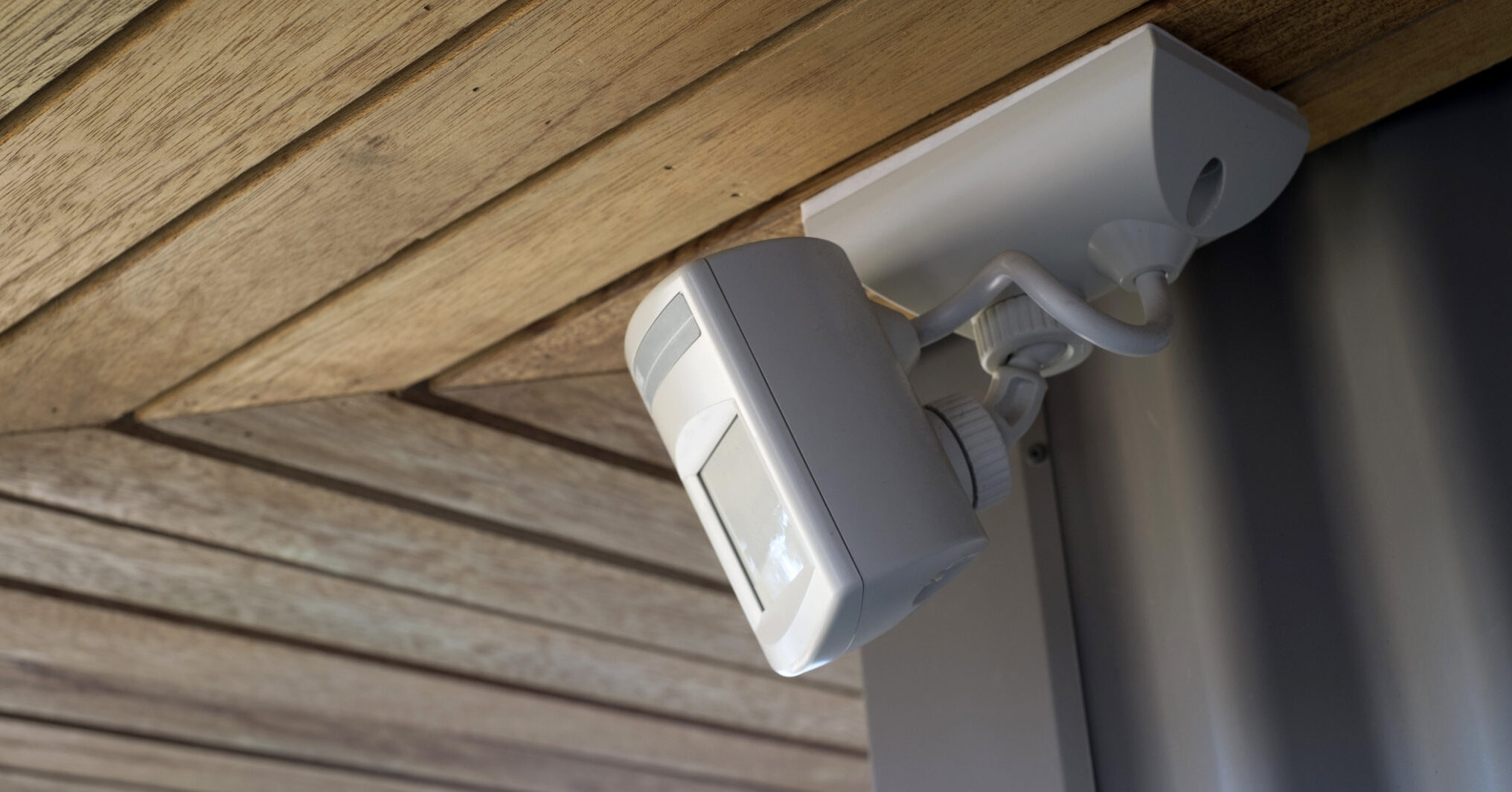
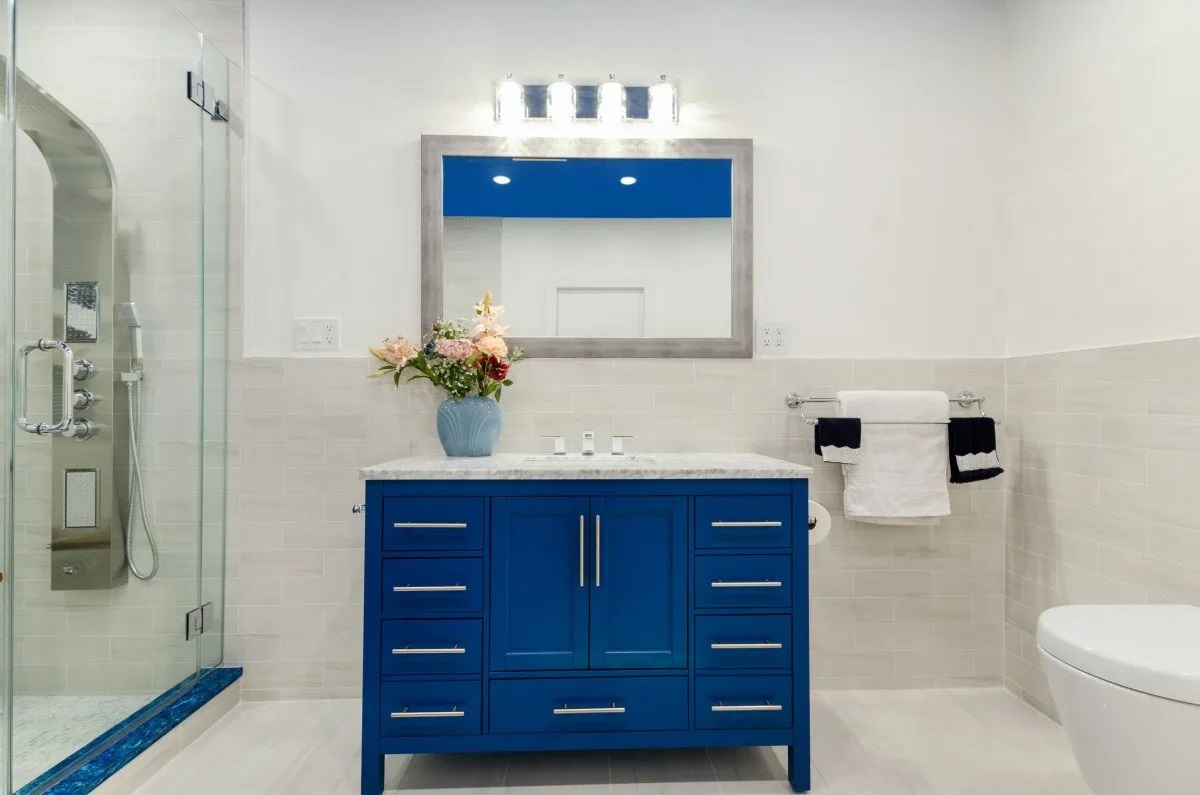
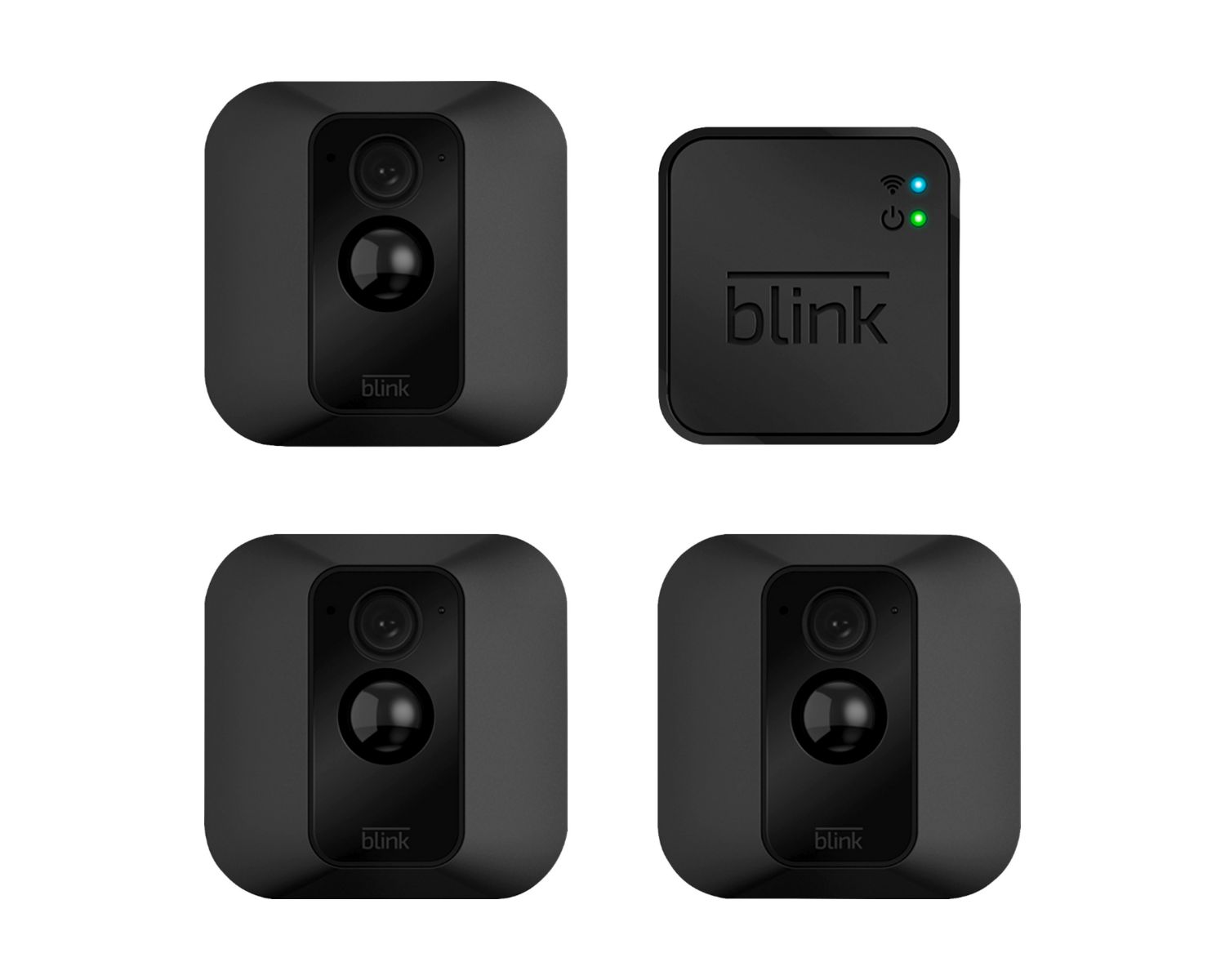
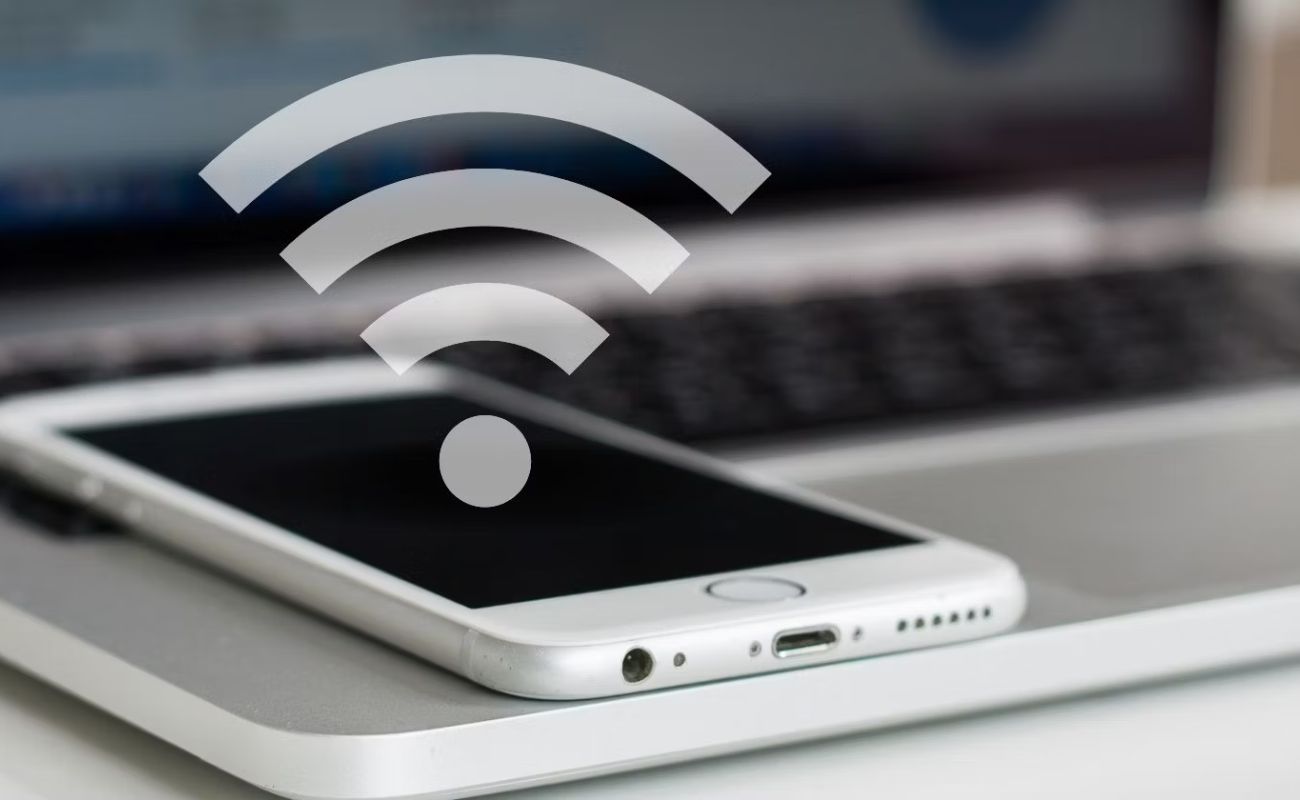
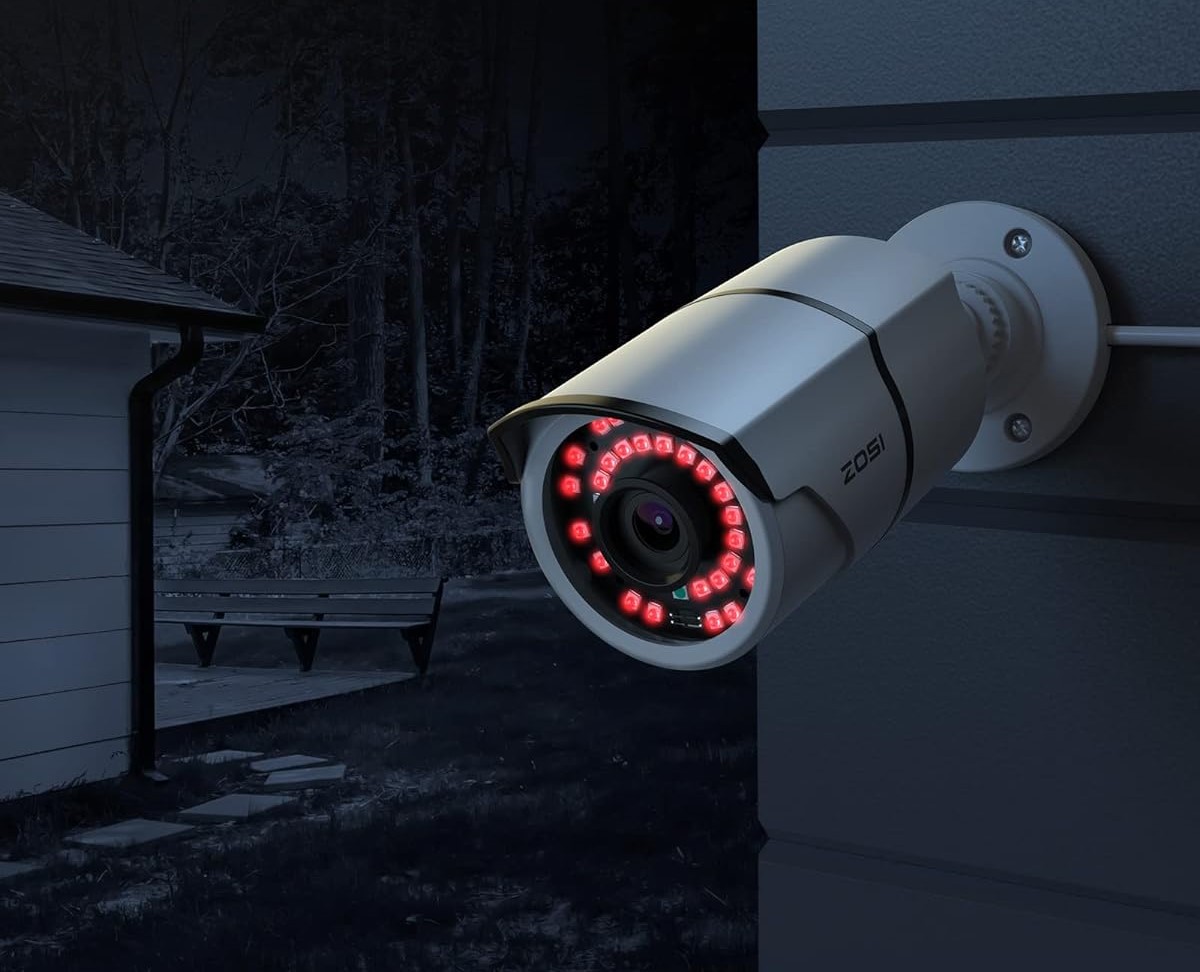
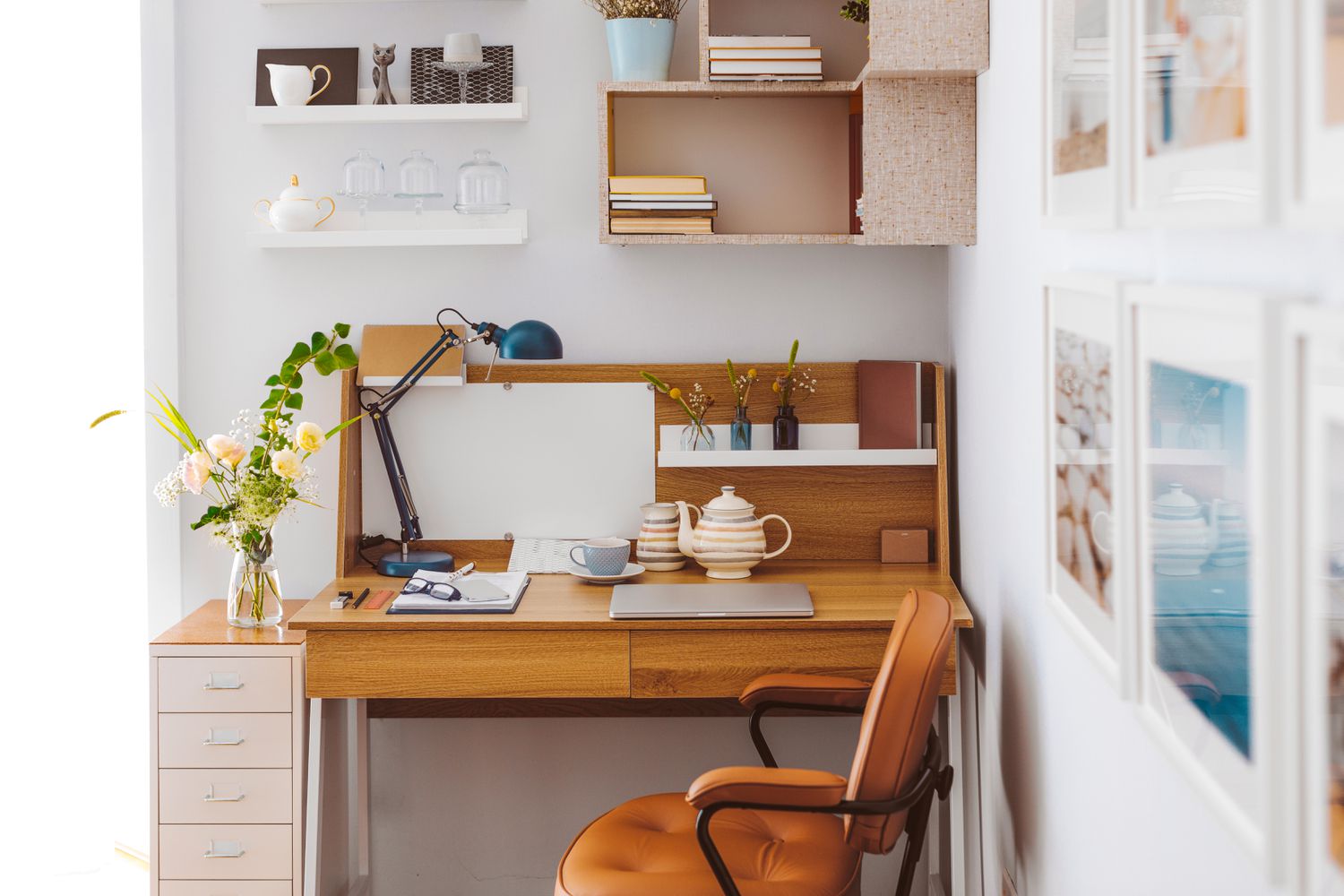
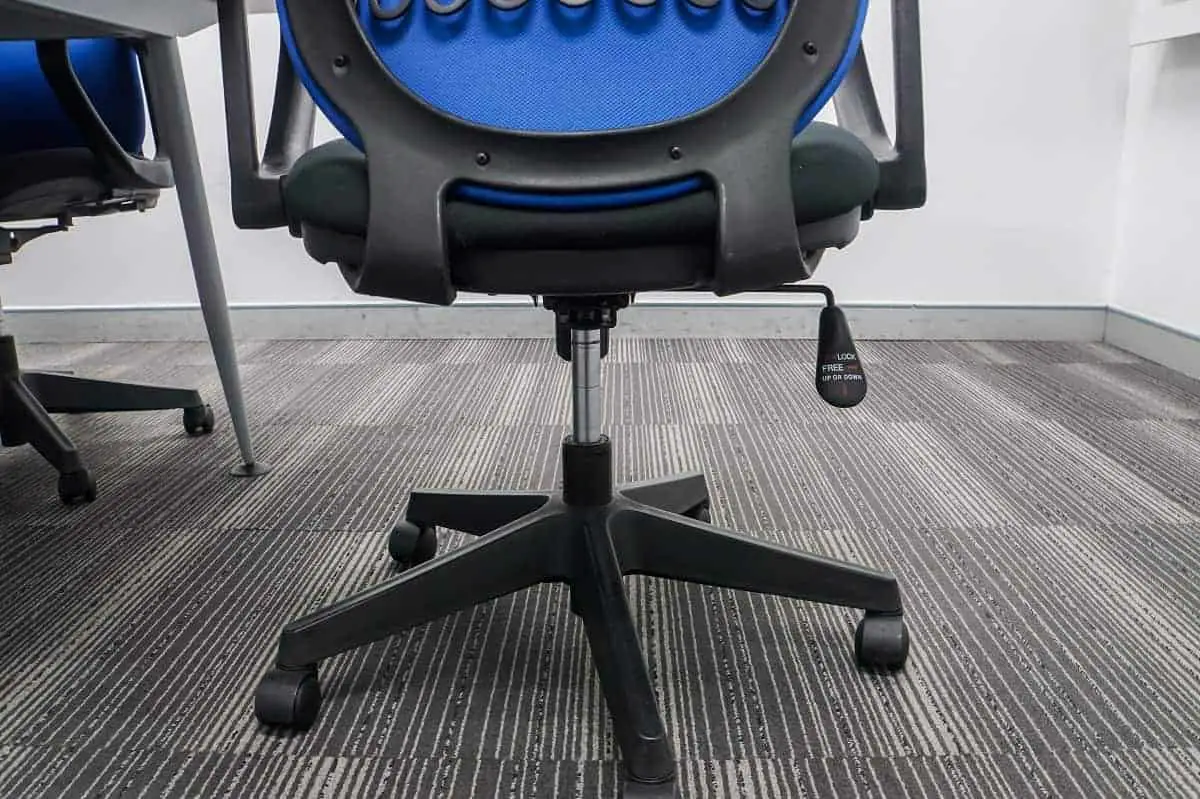

0 thoughts on “Designing Your Ideal Home Office Setup”